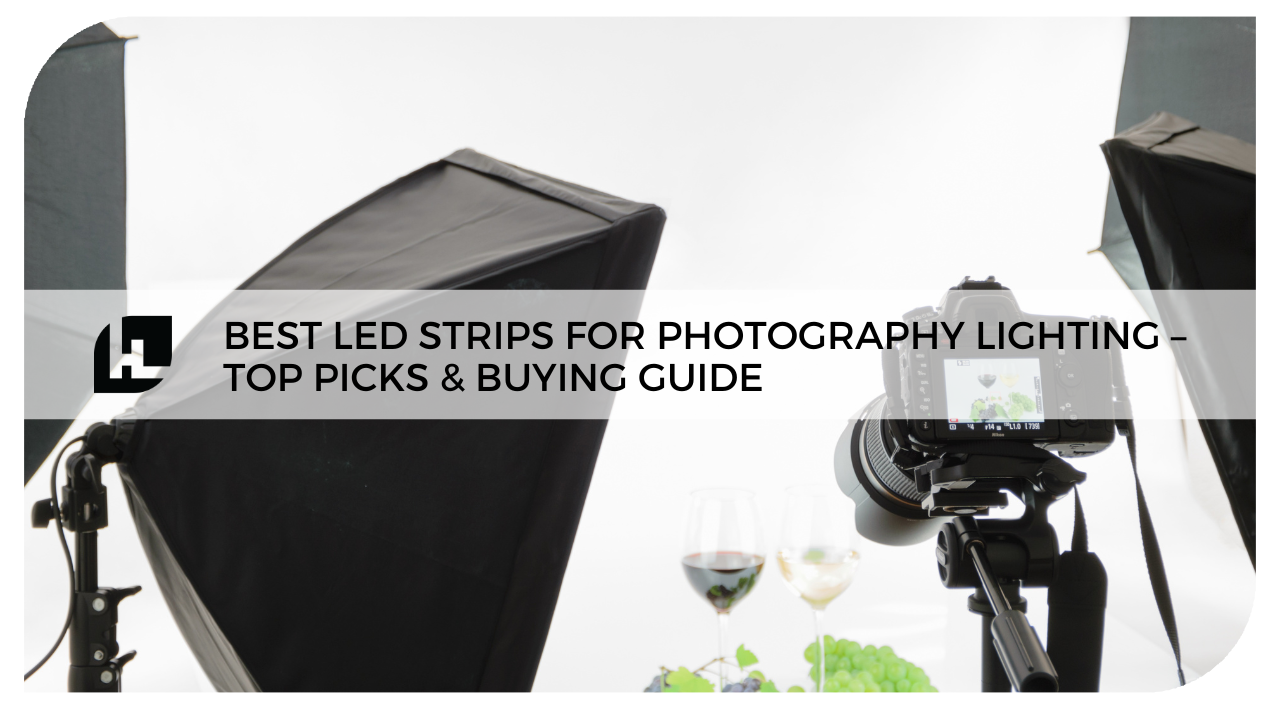Introduction
When it comes to photography lighting, achieving the perfect ambiance and brightness is crucial. LED strips have gained popularity due to their flexibility, efficiency, and ability to produce high-quality lighting for both amateur and professional photographers. Whether you are setting up a home studio or looking to enhance your creative shots, choosing the right LED strip light can make all the difference. This guide will explore the best LED strips for photography, focusing on key features such as color temperature, voltage, and accent lighting capabilities.
Why Use LED Strip Lights for Photography?
- Customizable Lighting - Adjustable brightness and color temperature options allow photographers to create various lighting effects.
- Energy Efficiency - Compared to traditional lighting, LED strips consume less power while providing strong illumination.
- Flexibility & Portability -Their lightweight and adhesive-backed design make them easy to install and reposition.
- Minimal Heat Emission- Unlike traditional bulbs, LED strips produce minimal heat, making them safer for prolonged use.
- Affordable & Long-Lasting - LED strip lights have a longer lifespan, making them a cost-effective solution for photography setups.
Key Features to Consider When Choosing LED Strip Lights for Photography
- A warm LED strip light 3000K is ideal for soft, warm tones in portraits.
- A higher color temperature (5000K-6500K) is better for daylight-mimicking setups.
- Adjustable white balance options allow for versatile lighting setups.
- A 24V DC LED strip provides consistent brightness and longer runs without voltage drop compared to 12V options.
- Consider dimmable options for more control over lighting intensity.
- A high CRI (90+) ensures accurate color representation, crucial for professional photography.
- For outdoor photography, opt for waterproof or weather-resistant LED strips.
- Ensure durability for frequent studio use.
- Look for adhesive backing or mounting clips for easy installation.
- Consider flexible LED strips for creative lighting angles and effects.
Best LED Strip Lights for Photography
How to Achieve the Best Photography Lighting Setup with LED Strips
- Position Your Lights Strategically: Place LED strips above or around your subject to control shadows and highlights.
- Use Dimmers and Controllers: Adjust brightness and color temperature to match your scene.
- Experiment with Background Lighting: LED strips can add depth and mood to your shots.
- Combine with Other Light Sources: Use LED strips alongside softboxes, ring lights, or reflectors for a professional effect.
Tips for Using LED Strip Lights in Photography
- Use Diffusers: Soften harsh light and create a more natural look.
- Experiment with Angles: Try backlighting, side lighting, or underlighting to create depth and texture.
- Combine Light Sources: Mix LED strips with softboxes or reflectors for balanced lighting.
- Control Shadows: Position lights strategically to minimize unwanted shadows.
- Adjust White Balance: Match your LED light’s color temperature with your camera settings for accurate tones.

